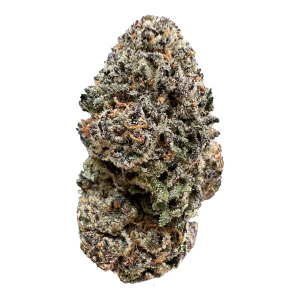According to Stats Canada…”An estimated 55,000 Canadians aged 18 or older living in private households reported that they had been diagnosed with Parkinson’s disease. This represented 0.2% (95% CI: 0.2%, 0.3%) of the household population, unchanged from the 2000/2001 CCHS prevalence estimate.Note 6 As well, 12,500 residents of long-term residential care facilities—4.9% (95% CI: 4.8%, 5.0%)—reported a Parkinson’s diagnosis. Among the household population, 79% with Parkinson’s were 65 or older; in institutions, almost everyone (97%) with the condition was 65 or older.”
According to the Parkinson’s Foundation…
Two of the four main symptoms must be present over a period of time for a neurologist to consider a PD diagnosis:
- Shaking or tremor
- Slowness of movement, called bradykinesia
- Stiffness or rigidity of the arms, legs or trunk
- Trouble with balance and possible falls, also called postural instability
Treatments for Parkinson’s Disease…
According to Parkinson’s Foundation There are many medications available to treat the Parkinson’s symptoms, although none yet that reverse the effects of the disease. It is common for people with PD to take a variety of these medications — all at different doses and at different times of day — to manage symptoms. Many of these medications come with unwanted side effects.
Cannabidiol (CBD) as a Possible Alternative to Conventional Treatment.
A 2005 study published in the journal Neurobiology of Disease was one of the earliest studies to show that CBD may help Parkinson’s disease. The researchers found that CBD had neuroprotective effects in animal models of Parkinson’s.
Since then, more research on CBD and Parkinson’s has emerged. Overall, studies indicate that CBD may be able to improve many aspects of Parkinson’s disease, including movement impairments, psychosis, sleep disturbances, and quality of life. Read full Leaf Science Article



